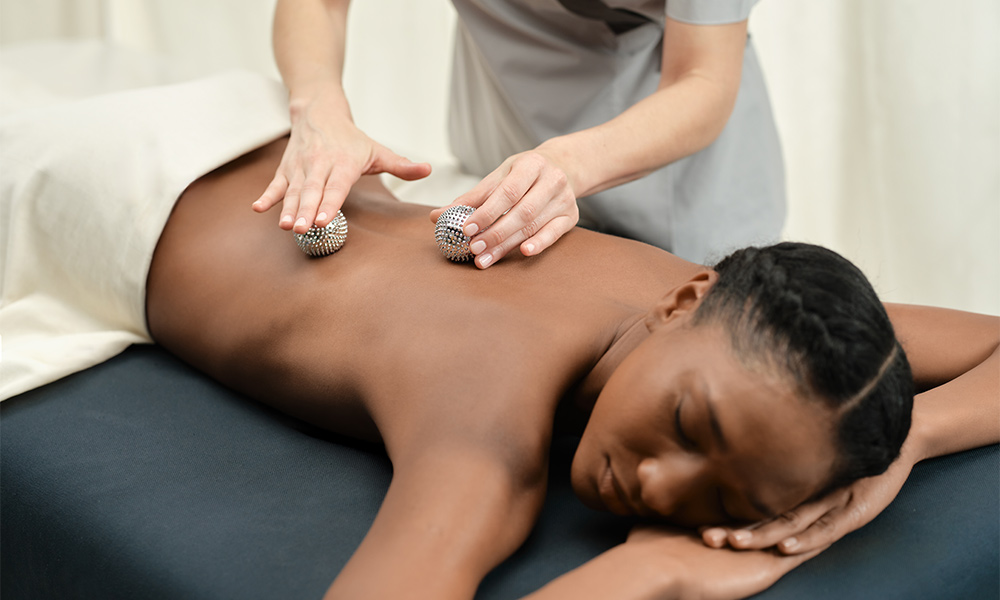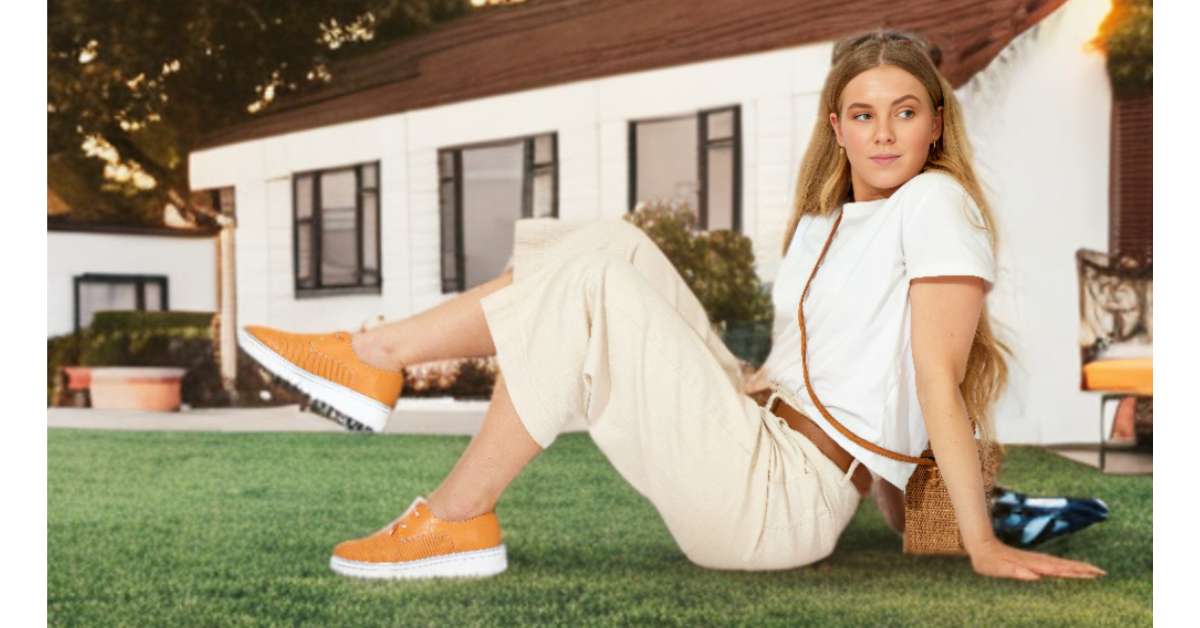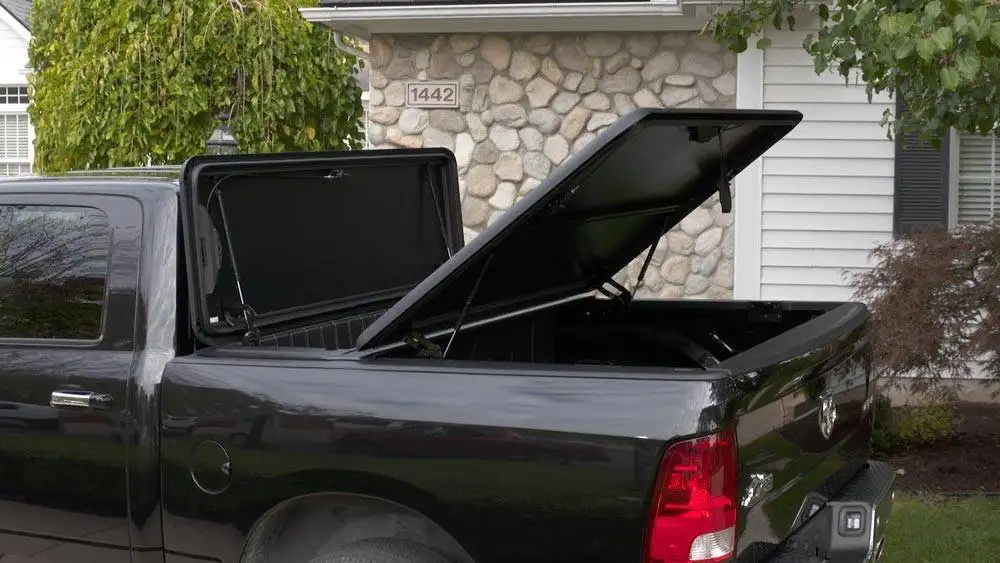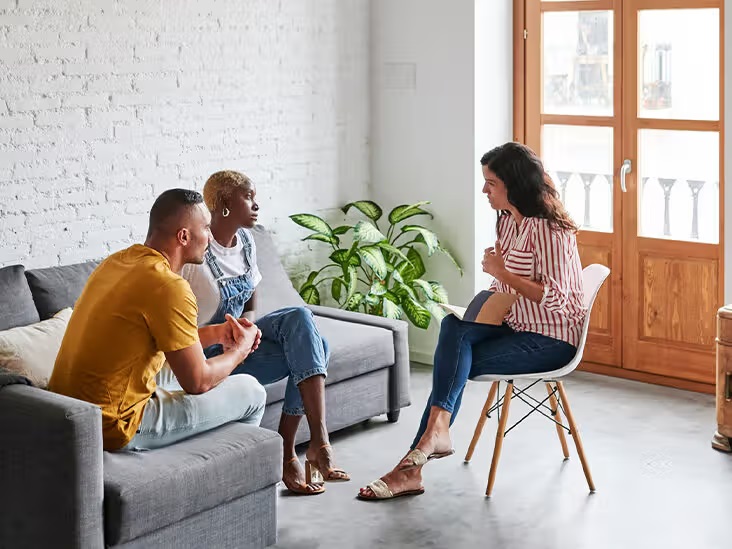Fender benders are less dangerous than most other car accidents and typically happen when you travel at low speeds. While fender benders rarely result in severe injury, they can cause health inconveniences, such as a never-ending headache. Other issues that a fender bender may cause are dealing with the police, insurance, other parties, etc.
If you have experienced a fender bender caused by another driver, you deserve justice. Even though you may think there is no injury or property damage, you should still report it to law enforcement. You never know when internal injuries or damage might turn up. Speak to a Hillsville Auto Accident Lawyer today.
Things to keep in mind after a fender bender
- Stay calm and make sure you are not hurt.
While it is expected of anyone in a car accident to lose their cool and panic, you should try to be as calm as possible. Practice breathing techniques to calm your heartbeat and stop your palms from sweating. Remember to avoid saying too much to the other driver other than making sure they need medical care. Also, make sure that you and your passengers are not injured.
- Stop the car.
Not all accidents in Hillsville result in the car being totally inoperable. When you experience a fender bender, your car may still be in a condition to drive. However, it is recommended to stop driving as soon as you collide with another vehicle and pull your car to the safe side of the road. You never know how damaged the car might be from the inside, so it is never safe to continue driving it.
- Exchange information.
After you have made sure that you and your passengers are not injured, approach the other driver and exchange information with them. This includes their name, contact number, email, address, insurance company info, vehicle details, etc. This information will be useful for making an insurance claim, and you will also need to provide these to your attorney.
- Take plenty of photos and notes.
Taking photos, videos, and notes of the accident site is important to increase your chances of winning good compensation. Make sure you take photos of all the vehicles involved, the property damages caused, your and the other party’s wounds, the road, traffic light, weather, and surrounding areas as well. You may also sketch a diagram of the scene. Although this is usually done by law enforcement, you can also do it.













